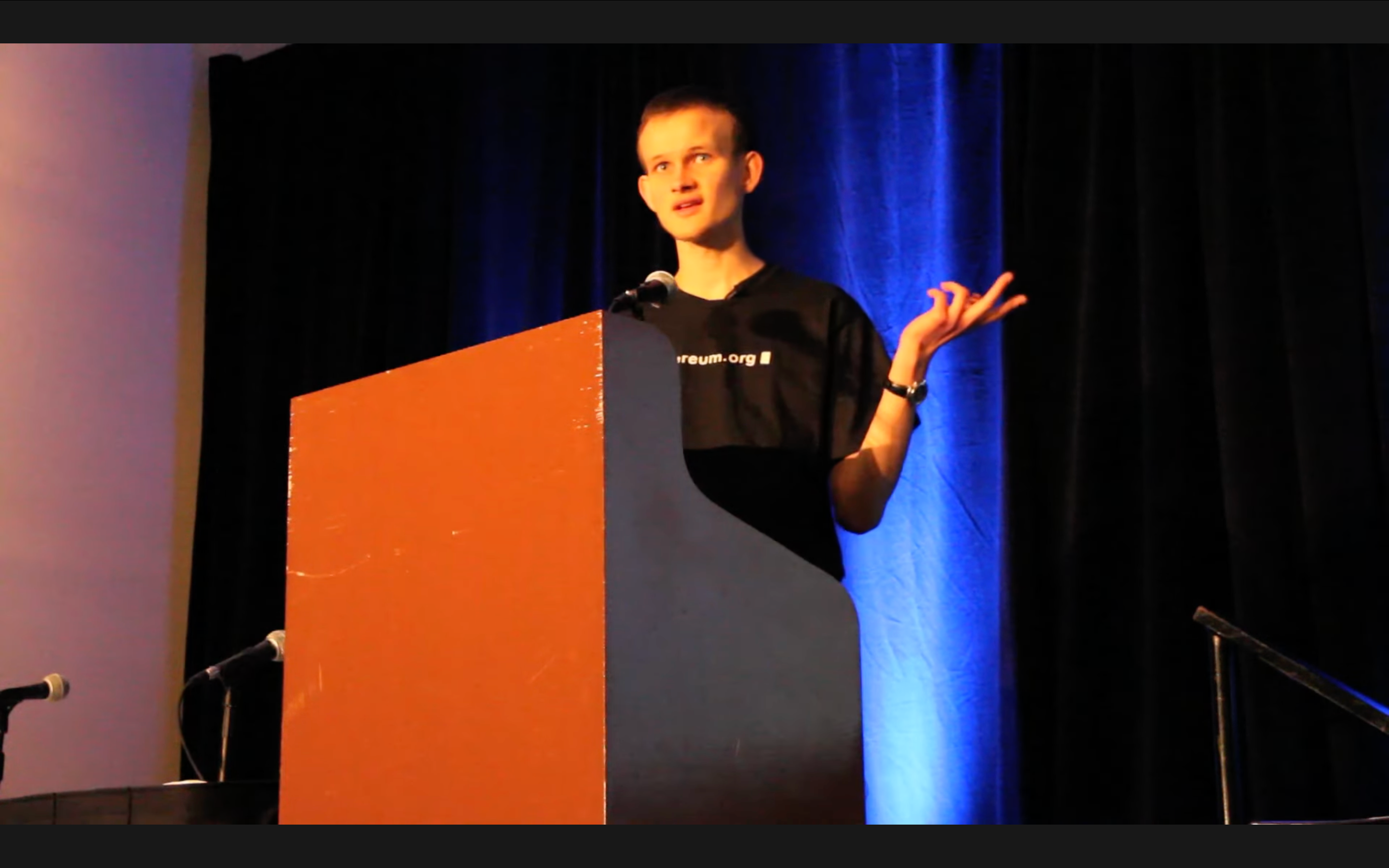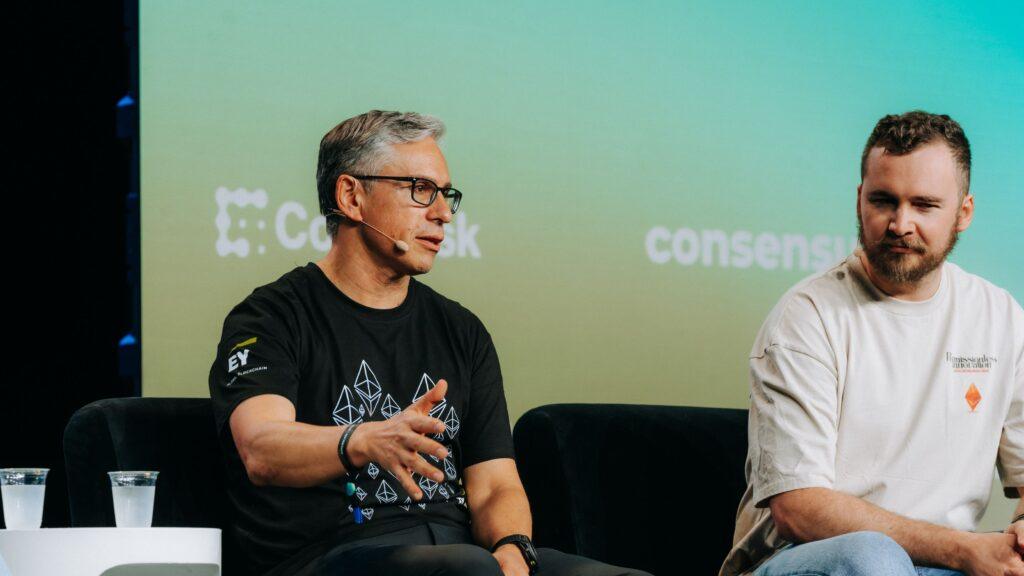When Ethereum launched on July 30, 2015, it set out to be more than another cryptocurrency. Its objective was to expand the limits of blockchain technology itself. While Bitcoin became digital gold, Ethereum followed a more expansive vision: being a decentralized, programmable, extensible and open “world computer.
A decade later, Ethereum has transformed finance, culture and software. Along the way, he has faced existential crises, volatile and fierce markets internal debates. Now, it is located at the cusp of a new era, one that can see it completely accepted by traditional finances.
Ethereum has seen an increase in the last two months as the project reaches the 10 -year milestone, with the price of its recovered ETH, reaching $ 3,800 in July, after languishing around $ 1500 just in April.
In recent months, the ecosystem has seen a new wave of use cases that include the token and growth of the stable, and the network also benefited from the trend of companies that have ETH in their treasure bonds, not only for long -term value, but to gain performance.
The technical document that initiated everything
Ethereum was born from a technical document written by Vitalik Buterin, 19, in 2014, a Canadian university university and a passionate Bitcoin enthusiast who, inspired by the limitations he saw in Bitcoin, imagined a more versatile blockchain platform. The network was launched a year later, backed by the newly formed Ethereum Foundation (EF), which had the task of supporting development and disseminating Ethereum’s mission.
But Ethereum’s honeymoon phase did not last. In 2016, the now infamous Dao Hack almost separated the network when an intelligent contract vulnerability allowed an attacker to divert more than 3.6 million ETH, about $ 13.5 billion at today’s prices. To undo the damage, Ethereum executed a controversial hard fork, effectively creating a new blockchain version.
At that time, many saw that Astillalo’s decision broke with Blockchain’s fundamental principle that transactions are immutable and that the system has no permission, which raises concerns that human intervention could undermine confidence in the neutrality of the protocol. After division, the original chain continued as Ethereum Classic.
“We show that we make the right decision, instead of letting the attacker maintain all that ether at that time, and that would have been a burden for us all this time, with the attempt to obtain adoption and adoption [focus on building] Different things, “said Hudson Jameson, the former leader of the protocol community at the Ethereum Foundation, in an interview with Coindesk.
The ICO boom and the path to fusion
After the Dao episode, Ethereum entered an explosive growth period. The 2017 ICO boom saw new companies raise billions using ERC-20 tokens. Protocols arose as Makerdao, compound and unissa, allowing loans, loans and businesses without permission.
But Ethereum’s success presented his weaknesses. The congestion of the network and the high gas rates revealed a great need for scalability. The developers began working on the most ambitious update of Ethereum: the transition from the work test to the participation test in what would be known as the merger. The effort, which began in 2017, culminated on September 15, 2022. The transition reduced Ethereum’s energy consumption in more than 90% and opened the door to the bet.
At the same time, the Rollups of Layer 2 such as the referee, optimism and Zksync began to take shape. These networks offered faster and faster transactions while taking advantage of Ethereum’s security.
“At the time we realized that layers 2 were really taking off and we began to see the volumes of L2 transactions equal or surpassed those of Mainnet already much lower costs,” it was a turning point, said Paul Brody, global blockchain leader in EY.
Today, Lay-2 solutions are bringing the main players. Robinhood announced that he will build his own curled up using referee technology, while Deutsche Bank plans to take advantage of Zkync for his blockchain initiatives.
A crisis at the Ethereum Foundation?
After an exhausting bears market in 2022–2023, Crypto began to recover. Bitcoin increased more than $ 100,000. Solana, which offers faster transactions and lower rates, emerged as a viable competitor, attracting more new developers to their ecosystem than Ethereum, as well as capital and exaggeration. Meanwhile, Ether was delayed, falling to a minimum of four years against Bitcoin in December 2024, which caused concerns among some in the community about the future of Ethereum and if the EF was doing enough to direct the development in the right direction.
When things began to bubble in a crisis, the basic figures in the Foundation began to ask where the ecosystem was directed. “How do we make sure that it is the best for many standards? How does it win?
Ryan is now co-leader Etherealize, which helps institutions to integrate with Ethereum.
In February 2025, in response to the growing criticism, the EF restructured its leadership, appointing two new executive directors to direct the ecosystem to a new phase, with efforts to be more transparent in their communication and priorities, including being more proactive in the community.
Despite its influence, the EF has long resisted becoming the final authority in the future of Ethereum. “So the Foundation definitely never wanted to be a critical player, but wanted to do much good for Ethereum,” said Tomasz Stańczak, one of the new co-executive directors, in an interview with Coindesk.
“The Foundation does not yet want to be central, but times are that everyone can be a bit stronger. Therefore, it is totally well that the foundation is as visible as possible, as shocking as possible, because it knows that others can play the same,” added Stańczak.
The Foundation remains focused on catalyzing progress, either climbing Ethereum or supporting institutional adoption. “This is exactly when we are necessary to coordinate faster,” said Stańczak.
“So, now is the time to make sure we provide those values of Ethereum and have an impact through institutional integrations. The base should now focus on it now [meaning institutional onboarding]When necessary, “Stańczak added.
Regulatory clarity and institutional impulse
One of the greatest catalysts for the recent impulse of Ethereum arrived with the approval of Spot Eth Ethf in July 2024. Managed by inherited financial giants such as Blackrock or Fidelity, the spot-ETFS, which now there are nine in the United States, marked an assigned time, opened access for investors to buy in ETH without having to have the present of the underlying assets.
But getting there was not easy. Under the former president of the SEC, Gary Gensler, many in the industry believed that regulatory hostility stifled cryptographic innovation.
The landscape changed dramatically after the US elections of 2024, which marked the beginning of a more friendly congress and administration with cryptography. Since then, with the approval of the Genius Law (and before it), the stable and assets of the real world tokenized have flooded Ethereum, consolidating their place in the heart of the institutional adoption of cryptography.
“Now, with a much healthier regulatory environment in the United States, companies can take this seriously, and builders can be taken seriously without worrying about a love note of the Gensler chair,” said Joseph Lubin, CEO of Consensys and a co -founder of Ethereum. “Then, applications and users and transactions will arrive.”
More recently, a new trend has emerged with companies that focus on treasure strategies that include buying ETH, not only to keep the asset, but to rethink and generate performance. The shift signals that some seek to take advantage of the Ethereum rethinking system to obtain rewards and integrate with a broader defi ecosystem.
Sharplink Gaming (SBET), the firm of the cryptographic treasure that is located in Nasdaq, directed by the co -founder and CEO of consensys Joseph Lubin, has become one of the main firms in this field.

“I think Defi will be the first case of important use, and you can call it active and stable assets and loans, loans, etc. Defi will be the first case of real use that companies and financial institutions adopt,” said Lubin. “If you pay attention to what is happening with these ether treasury companies as, like ours, Sbet, it is clear that Wall Street is paying attention.”
What follows for Ethereum?
Ethereum is now at a turning point, since some of the world’s largest financial institutions enter Crypt through the Ethereum rails. “Five years ago, many of these banks and financial institutions understood, or were beginning to understand the value of a digitally programmable and native environment,” said Ryan de Etherealize. “Although there were people who understood the value of public block chains in the banks, even more than a year ago, they were like ‘we understand it, but we cannot touch it,’ given the regulatory uncertainty.”
With the institutions now on board, next year it will probably define its long -term relevance. The developers focus on both the user and scalability experience, not only through the expansion of layer 2 but also through improvements in the base layer itself.
“We have solved most of our problems, it does not mean that we have the final state. There are still tons of improvements and we need much more scalability,” Lubin said.
Beyond the technical, Ethereum administrators are also contemplating their role in a world that changes rapidly.
“When we think of the next 10 years of Ethereum, I think the questions that [the EF] They are asking [are] “What are the greatest fears of centralization for humanity, worldwide today, and above all is AI?” Said Stańczak in the EF.
“Now is the time to trigger people with some emotion for being significant and having great Luna projects around something that is very, very important for the next 10 years.”
The interviews in this piece have been edited for brevity and clarity.
Read more: institutions are promoting the ‘return’ of Ethereum




